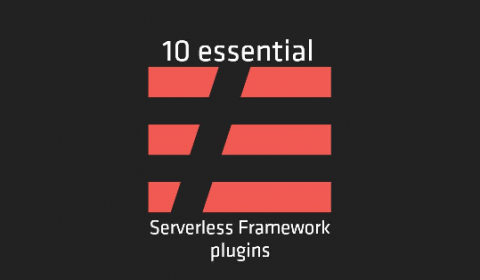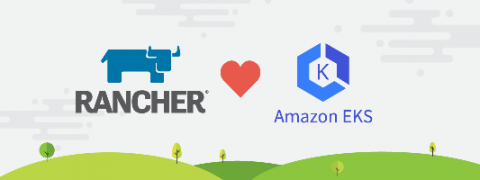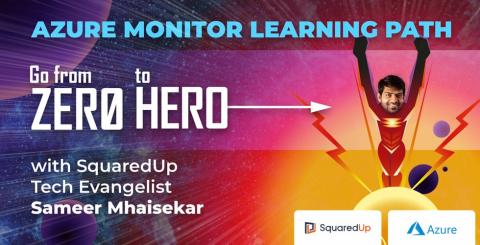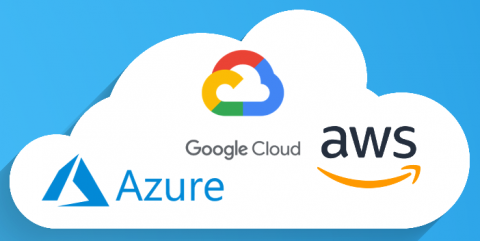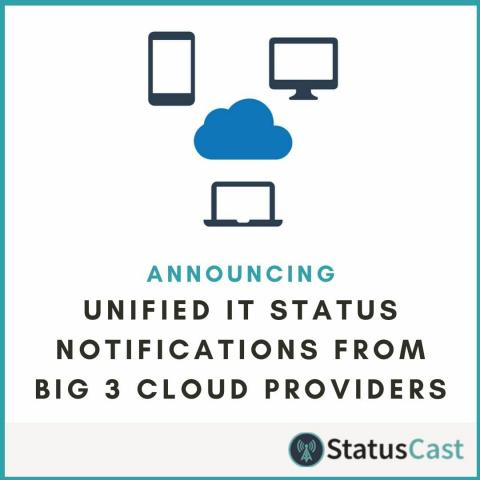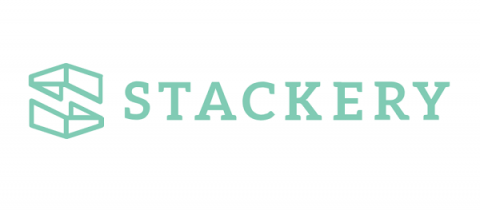Monitoring multi-cloud environments
In today’s fast-growth, faster-results market, your customers expect your applications to be always available and up-to-date. Meeting that demand often involves migrating to the cloud, which offers increased scalability and flexibility, allowing engineering teams to innovate more quickly and produce the delightful user experiences customers are looking for.




